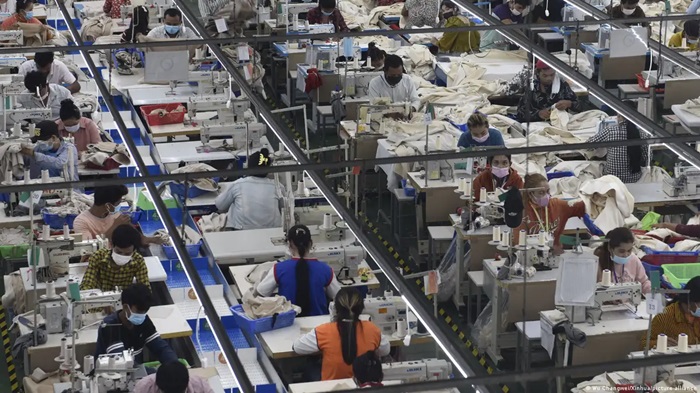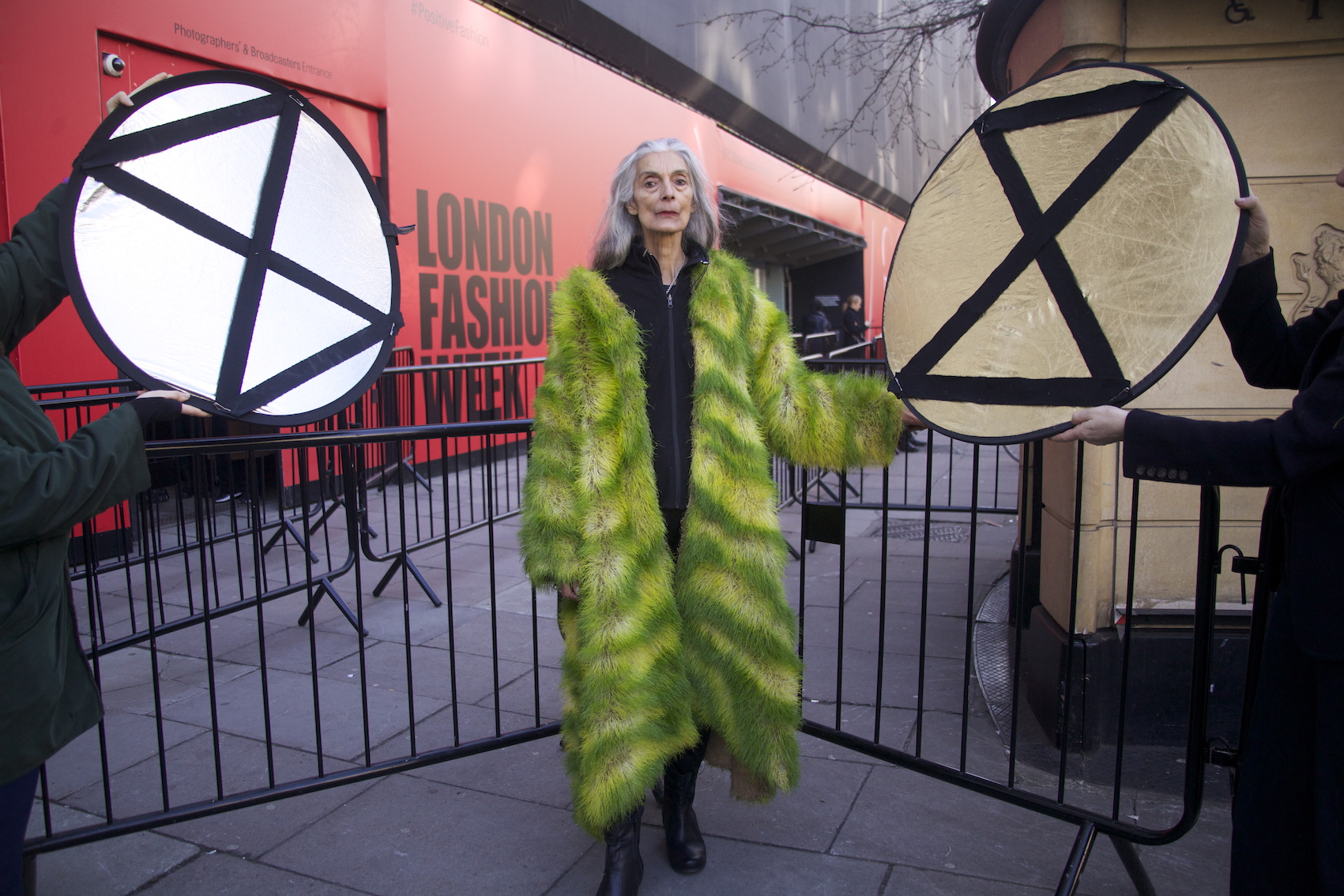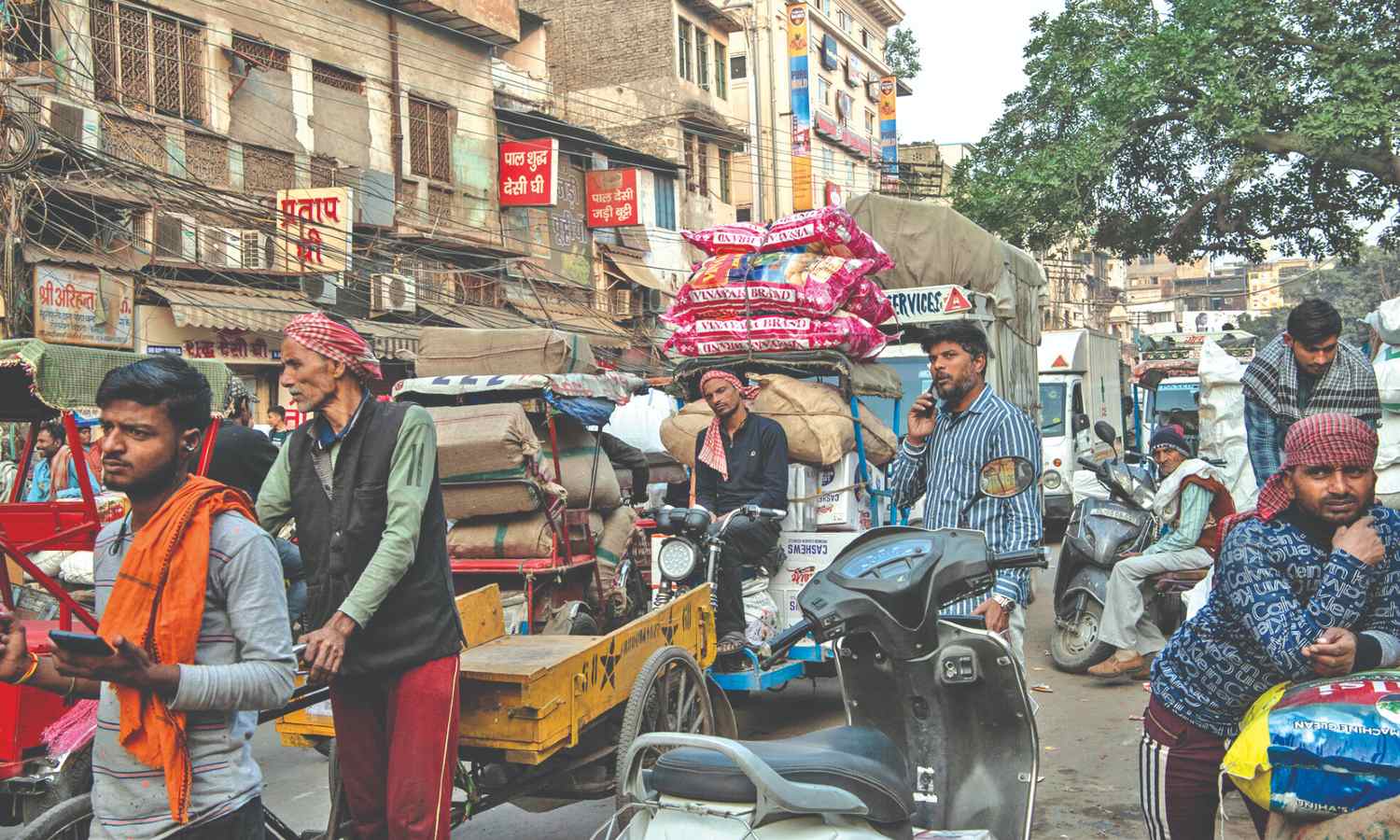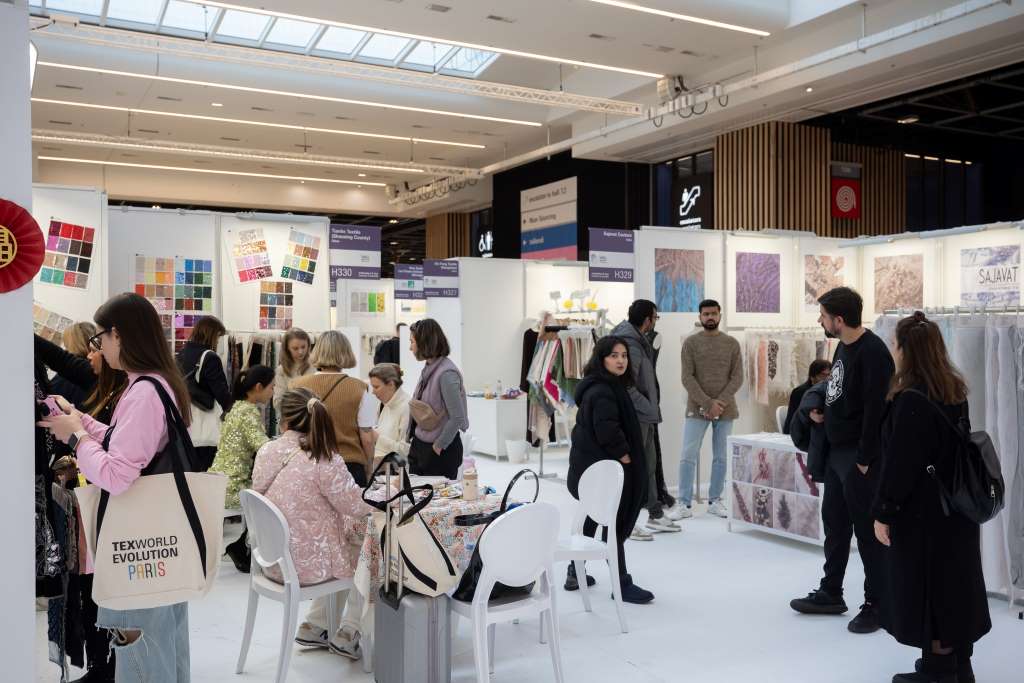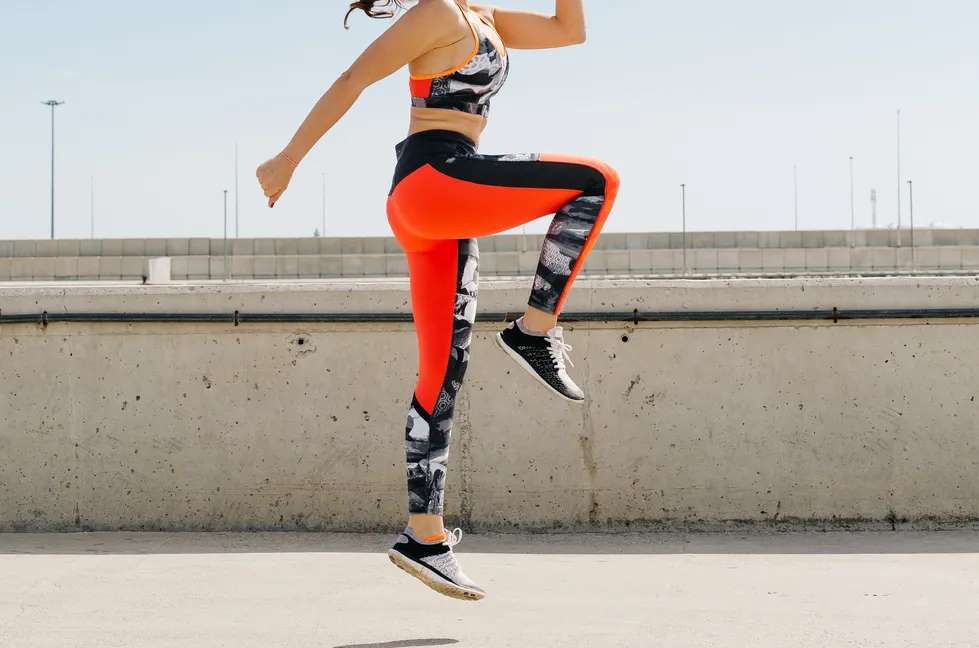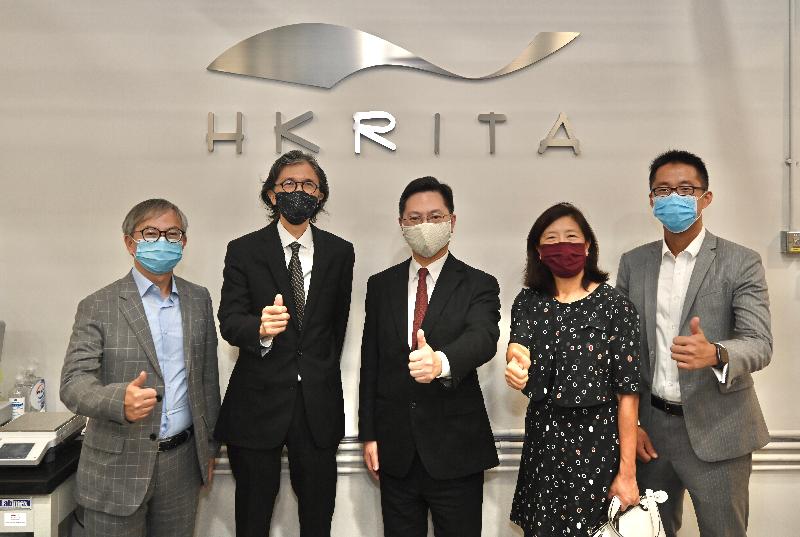FW
Cooperation between the garment and textile sector will be one of the priorities in Vietnam and India’s efforts to raise bilateral trade value. Both have prioritized development and cooperation with the aim of enhancing bilateral trade and building a supply chain for the textile sector.
In 2017, India’s apparel exports to Vietnam surged 44 per cent. To enhance trade cooperation, India intends to export apparel fabrics worth one billion dollars to Vietnam. Despite being one of the five largest apparel exporters in the world, Vietnam also imports the highest amount of garments and textile materials in the world.
And India owns a strong fiber and yarn production industry that is able to produce almost all kinds of fabrics and supporting materials available in the market, making it one of the three largest textile products providers in the world. India is strong in producing and exporting textile products from synthetic yarn, being used widely in the global garment industry.
While Vietnam will gain from India with regard to latest technology, textile materials and products, India too can expand its market. Vietnam applauds the quality of Indian fabric.
Nitin Spinners has reported net sales worth Rs 300.72 crores during the three month period ended June 30, 2018, as compared to Rs 287.43 crores during the three month period ended June 30, 2017. The company posted net profit of Rs 15.42 crores for the period ended June 30, 2018, as against Rs 12.72 crores for the period ended June 30, 2017.
Nitin Spinners manufactures pure cotton yarns and fabrics for both the national and international markets at Bhilwara in Rajasthan. With a capacity of 2,23,000 spindles and 3,000 rotors, it produces 50,000 tons of yarn and 9,000 tons of fabric a year. Nitin Spinners makes cotton yarn in single, multifold slub, compact, core spun and Elitwist yarns. The products are suitable for applications such as high value apparels and garments, undergarments, terry towels, denims, woven and medical fabrics, carpets, mattresses, stockings, furnishing fabrics and industrial fabrics.
The company uses Rieter compact spindles. Thanks to optimum raw material utilization, the quality of the yarn was improved and a high quality of compact yarn was achieved. In 2015-16, Nitin Spinners clocked a turnover of Rs 767 crores, out of which exports totaled Rs 531 crores.
The first Philippine Leather Goods, Garment and Fabric Expo will be held from August 23-26, 2018 at the SMX Convention Center in Pasay City, Philippines. The expo will be attended by nine Philippine companies and 63 companies from seven other countries including China, Hong Kong, Taiwan, Singapore, South Korea, India, Pakistan and Malaysia.
The expo is endorsed by the Philippine Board of Investment (BOI), Confederation of Wearables Exporters of the Philippines, and supported by the Textile Producers Association of the Philippines, Marikina Shoe Industry Development Office of the LGU Marikina; the Garment Manufacturers Association of the Philippines and the Department of Science and Technology-Philippine Textile and Research Institute (DOST-PTRI). It is mounted by CP Exhibition Inc., in partnership with the Philippine Exhibitions and Trade Corp.
It will showcase fabrics and garment accessories, garment machinery and parts, textile machinery, nonwoven machinery, dye machinery and chemicals, industry/factory automation, quality control, computer-aided design tools and software, as well as leather and leather goods machinery.
Luxury retailer Kering which owns like Gucci and Alexander McQueen, has published its latest Environmental Profit and Loss (EP&L) report which attempts to denote a financial value to the impact of its activities on the environment.
As per the report, the most significant impacts are generated in the supply chain (90 per cent) and in particular from the production and processing of raw materials that represent 76 per cent of the total. The brand’s operations represent just 10 per cent of the impacts. Among raw materials it uses, leather continues to be the major driver, followed by other animal fibres.
Supply chain impacts are the challenge for all apparel brands and with this in mind, Kering now plans to focus its efforts in this area. The brand has indicated that it might make small-scale changes in sourcing options, such as replacing materials with recycled alternatives, which can result in tangible EP&L savings.
For the half year Indorama Ventures’ net profit rose 109 per cent higher year on year. Revenue rose 22 per cent higher year on year. The company delivered record performance, with improvements in production volumes and margins across all key segments and geographies.
IVL’s strategy to drive sustainable and profitable growth in both high-volume necessities and the stable but high margin and high value-added HVA business continues. The company further upgraded its portfolio through organic growth, operational excellence initiatives, value accretive acquisitions and strategic integrations.
Chemical producer IVL now operates on a global scale of an integrated polyester value chain and HVA platform, with a more resilient product and geographic mix. Investments continue to drive value-accretive growth with six acquisitions since March 2018, including PET plants in Brazil and Egypt, which have an added net PET capacity of 1.1 million tons.
Industry fundamentals continue to be positive, led by strong demand growth for 100 per cent recyclable PET, supply balance and on-going improvements seen in the PET industry. This creates opportunity for well-managed and committed producers to enable supply reliability to customers in tight market conditions.
For Q2 the company will continue to pursue value accretive opportunities in its key segments to further strengthen the foundations of sustainable performance.
India and Sri Lanka are widening the scope for free trade agreement they already have by including services and investments. Economic ties between the two countries will be boosted by liberalising trade norms.
The free trade agreement was arrived at in 2000. India has a healthy trade surplus in goods with Sri Lanka. India exported goods worth $4.5 billion in 2017-18 and its imports were $773 million. Sri Lanka is India’s major trading partner in South Asia.
Sri Lanka is a garment making hub. A scenario where Sri Lanka sources from India and manufactures apparel and garments for the rest of the world could lead to a win-win situation for both countries. Both countries share a rich textile tradition. Large Indian companies can encourage Sri Lankan companies to be part of their supply and value chains.
Sri Lanka has been urged to make use of fully-funded training opportunities in India under the Indian Technical and Economic Cooperation program, in which a number of slots is earmarked for textile related subjects.
Sri Lanka is one of India’s largest trading partners in SAARC. India in turn is one of Sri Lanka’s largest trade partners globally. Sri Lanka is among the top ten countries which import cotton fabrics from India.
Foreign direct investment in Bangladesh’s textile and apparel sector rose 15.70 per cent in 2017 compared to 2016. South Korea made the largest investment in the country’s textile sector, followed by Hong Kong and the United Kingdom.
Since the garment sector is growing fast in Bangladesh, foreign investors choose the country as an investment for textiles. The availability of workforce at a reasonable wage, duty-free market access to major export destination, preferential location in the heart of the Asia-Pacific region and policy support have acted as a catalyst to attract FDI.
The Bangladesh Investment Development Authority provides a one-stop service. The digitized system has made the process very easy, pushing the foreign investment in the textile sector up. Bangladesh has to import a huge amount of woven fabrics to meet the local demand. Foreign investment in the textile sector will help Bangladesh build a strong backward linkage for the woven sector.
Bangladesh produces mostly basic clothing items. Foreign investment is especially valuable in high tech-fabric manufacturing and technology-based garment manufacturing to make value-added products. FDI in the textile and apparel industry will help in the production of high-quality fabrics as foreign investors have expertise in this area.
UK’s international trade secretary Liam Fox has put the chances of failure to reach a deal on Brexit at 60:40, blaming the EU’s stubborness for it. His comments come at a time when the deadline looms for Britain to exit the European Union on March 29, and amid growing fears that the deal will not be agreed in time.
The minister stated that he had previously thought the prospect of a no-deal were 50:50 but that has now increased -- largely due to European bureaucrats harboring a "theological obsession" with EU rules, rather than "economic wellbeing."
Meanwhile British Prime Minister Theresa May, whose blueprint for leaving Europe has come under fire from both Brexiteers and Remainers within her Conservative Party, was in talks with French President Emmanuel Macron at his summer residence in the south of France over the weekend. The negotiations come at a delicate time for May, who in recent months has seen a string of resignations in her party over her Brexit plans -- most notably between Brexit secretary David Davis and foreign secretary Boris Johnson.
India has enhanced basic customs duty on 328 textile and apparel products. Import of yarn, fabric, made-ups and garments made out of manmade fibers and filaments have risen especially after GST. But these products are being manufactured in the country by a large number of factories in both small and medium and the organized mill sector.
The decision will help millions of people get employment in the manufacturing sector of the various segments of the entire value chain. But the hike in customs duty does not impact the issue of imports from Bangladesh. These imports are exempt from basic customs duty and hence Chinese fabric easily comes to India duty free through Bangladesh in the form of garments. This affects the fabric as well as other segments of the value chain.
In the last one year, apparel imports from Bangladesh increased 44 per cent. Measures such as Rules of Origin, Yarn Forwarding Rules and Fabric Forwarding Rules on countries that have FTAs with India will prevent cheaper fabrics produced from countries like China being routed through Bangladesh.
The major part of employment creation happens in the downstream industry like knitting, weaving, apparel making and made-up manufactured goods. The import duty is expected to motivate the industry to achieve ambitious targets set for the textile and clothing sector.
Latest figures from the International Cotton Advisory Committee (ICAC) show, water availability and related environmental challenges are affecting the cotton sector negatively. The ICAC figures indicate demand for cotton is strong, with consumption projected to increase by 4 per cent to reach an all-time high of 27.5 million tonnes in 2018/19. But the area under cotton cultivation in 2018/19 is projected to decrease in major producing countries including India (11.9 million hectares, down 3 per cent) and the USA (4.25 million hectares, down 5 per cent) although it is likely to remain stable in China at 3.3 million hectares.
Less-than-ideal environmental conditions and a lack of available water are projected to cause a reduction in planted area for many of the world’s top producers in 2018/19.
Global production of cotton has increased 16 per cent to 26.87 million tonnes in 2017/18, with increases expected from all major producers: India, China, USA, Brazil, Pakistan, West Africa, Turkey, Australia and Uzbekistan. Those increases, however, are the result of expanded plantings and favorable weather conditions, as global yields posted a marginal increase of 1 per cent.
Global production for the 2018/19 season, according to is currently projected at 25.9 million tonnes, which would represent a 4 per cent decrease. Global consumption, on the other hand, is currently projected to increase 4 per cent to 27.5 million tonnes.



